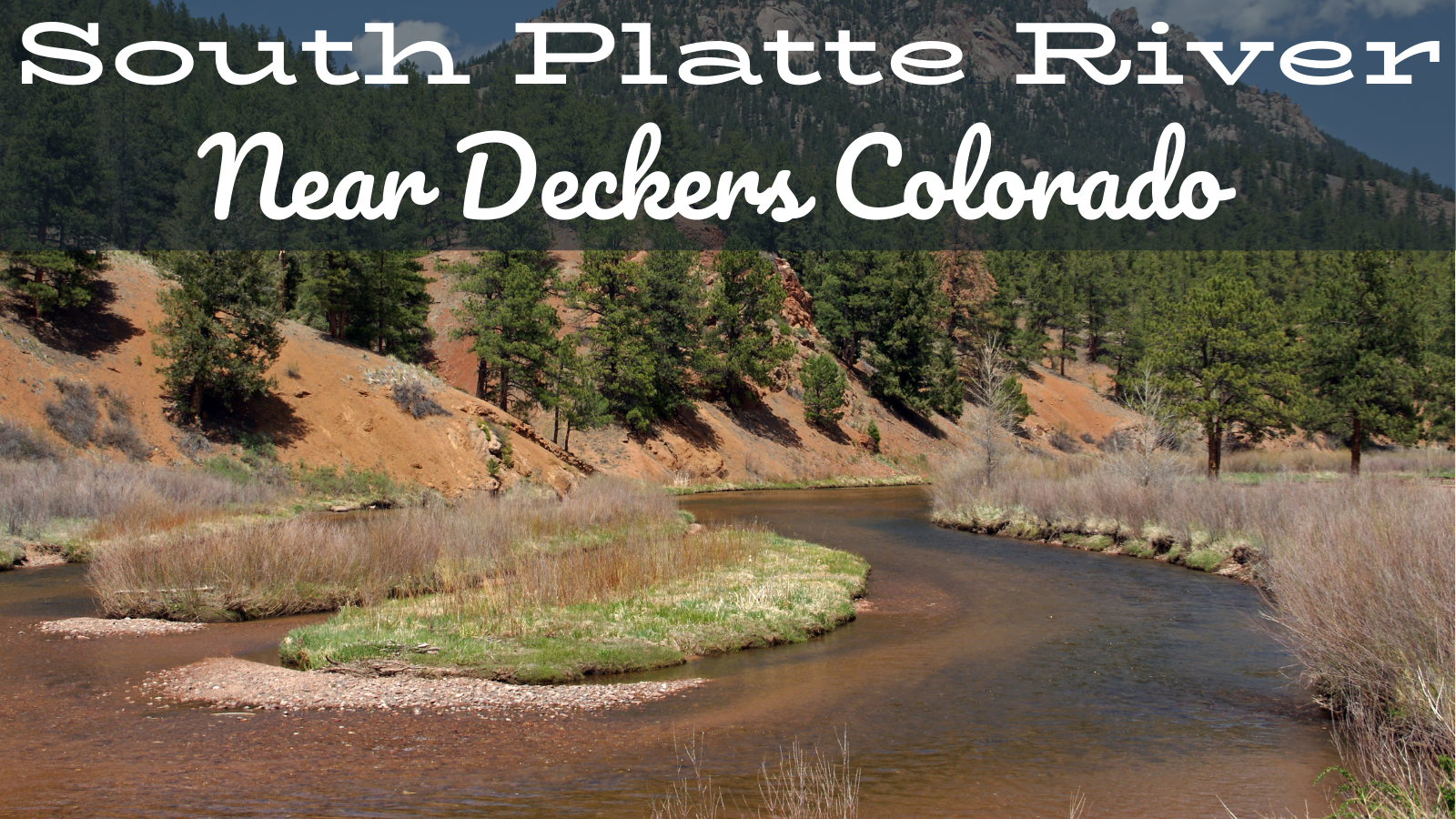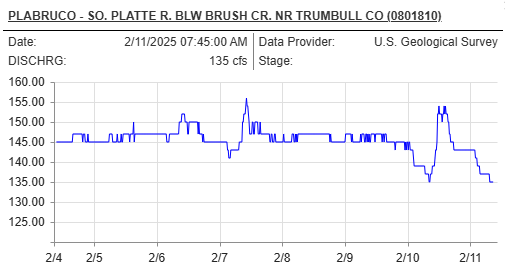Whether you're a seasoned angler or just starting, having the right flies in your tackle box is crucial for successful fly fishing on the Gunnison River. From dry flies to nymphs and streamers, each type of fly serves a specific purpose and can make a significant difference in your fishing experience. By understanding the characteristics of the river and the behavior of its trout, you can choose the right flies to entice those elusive fish to bite. So, let's dive into the essential flies you must have in your arsenal for a memorable and productive day on the Gunnison River.
Understanding the Gunnison River: A Fly Fishing Paradise
The Gunnison River is a true fly fishing paradise, offering anglers various opportunities to catch trout. With its crystal clear waters, stunning scenery, and abundant fish population, it is a must-visit destination for any fly fishing enthusiast.
The river flows through the majestic Gunnison Gorge, creating a diverse ecosystem that supports a healthy trout population. From rainbow trout to brown trout, the Gunnison River is home to various species that will provide an exciting fishing experience.
Fly fishing on the Gunnison River is not just about catching fish. It's about immersing yourself in nature, enjoying the solitude and serenity of the river, and honing your fly fishing skills. Whether you're a seasoned angler or a beginner, the Gunnison River offers something for everyone.
When fly fishing the Gunnison River, it's important to understand its characteristics, including its currents, pools, and riffles. This knowledge will help you choose the right flies and techniques to catch trout successfully. Take the time to study the river and its fish behavior, and you'll be rewarded with an unforgettable fly fishing experience.
Dry Flies: Top Picks for Surface Fishing
Dry flies are a popular choice for surface fishing on the Gunnison River. These flies imitate insects that float on the water's surface, enticing trout to rise and strike. When fishing with dry flies, paying attention to the hatch and matching your fly to the present insects is important. Watch for rising trout and cast your fly above them, allowing it to drift naturally with the current. A delicate presentation and a drag-free drift are key to enticing trout to take your fly.
1 Adams
A versatile fly that imitates a variety of mayflies and works well in different conditions. It features a gray body, grizzly hackle, and wings made from mixed grizzly and brown hackle fibers.
2. Parachute Adams
The Parachute Adams has a white or colored post (often bright green or yellow) that makes it more visible on the water. It imitates various mayfly species and is a go-to pattern for fish rising to mayflies.
3. PMD
It stands for Pale Morning Dun, which imitates the mayfly species commonly found in rivers. These flies typically have a pale yellow to light tan body with gray wings.
4. Elk Hair Caddis
It is an effective caddisfly imitation with an elk hair wing that helps it float well. Available in various colors to match different caddis species.
5. Chubby Chernobyl
This is a large terrestrial fly pattern with a foam body and rubber legs, great for imitating hopper, stonefly, or caddisfly patterns.
6. Parachute Ant

Mimics ants that fall into the water and is a great pattern for picky trout. Features a post to enhance visibility.
7. Royal Wulff
A classic attractor fly with a distinctive red band. It imitates mayflies and works well in fast-flowing water.
8 Hopper
Mimic grasshoppers that fall into the water are a significant food source for trout during the warmer months. They are available in various sizes and colors to imitate different hopper species.
These are just a few examples of the top dry flies for surface fishing on the Gunnison River. Experiment with different patterns and sizes to find what works best for you.
Nymphs: Essential Patterns for Subsurface Fishing
Nymph fishing is a highly effective technique for catching trout on the Gunnison River. Nymphs are flies that imitate the immature stages of aquatic insects, which trout feed on below the water's surface. These nymph patterns should be fished with a nymphing rig, which typically consists of a strike indicator, a weighted nymph, and a trailing nymph. Cast your rig upstream and allow it to drift naturally with the current, keeping an eye on your indicator for any subtle movements or pauses. When you see the indicator dip or hesitate, set the hook with a quick upward motion.
Here are some essential nymph patterns for subsurface fishing on the Gunnison River:
9 Beadhead Prince Nymph
A classic pattern that imitates stonefly and mayfly nymphs, it is known for its effectiveness in the Gunnison River.
10 Hare's Ear Nymph

This fly imitates a wide range of insects and works particularly well during mayfly hatches.
11 Copper John

This heavy, flashy nymph pattern is effective in fast-moving waters and can imitate stoneflies or caddisflies.
12 RS2 or RSII

This emerger pattern is excellent for imitating midges and works well during winter and early spring when midge hatches are prevalent.
13 Barr's Emerger

Developed by legendary fly tier John Barr, this emerger pattern is versatile and can imitate various nymphs in different stages of emergence.
14 Zebra Midge

This is a simple yet effective pattern for imitating midges, which are abundant and important food sources for fish in the Gunnison River.
15 San Juan Worm
This worm pattern is highly effective when the river is high, and water visibility is reduced. It mimics annelids and can be fished throughout the year.
Streamers: Effective Choices for Aggressive Trout
Streamers are large, often brightly colored flies that imitate baitfish, leeches, and other larger prey items. They are designed to provoke aggressive strikes from trout and are particularly effective when targeting larger fish on the Gunnison River. Here are some effective streamer choices for aggressive trout:
16 Woolly Bugger
This versatile pattern is effective for imitating various baitfish or leeches. It's recommended that it have different color variations, such as black, olive, and brown.
17 Sculpzilla
This pattern imitates a small sculpin, which is a common food source for fish in the Gunnison River.
18 Sex Dungeon

A large and flashy articulated streamer that can entice big fish looking for a substantial meal.
Circus Peanut: A heavy streamer with a large profile that imitates a wounded baitfish, attracting aggressive strikes from predatory fish.
19 Dungeons, Dragons, and Meat Whistles
These are other examples of large streamer patterns that can draw the attention of big fish in the Gunnison River.
20 Sparkle Minnow

This pattern combines flash and movement to mimic a distressed baitfish, making it an effective choice for aggressive fish.
When fishing with streamers, using a fast-action rod and a sinking or sink-tip line is important to get your fly down to the desired depth. Vary your retrieve speed and depth to find what triggers the most strikes. Streamer fishing can be physically demanding, but the reward of hooking into a trophy-sized trout is well worth the effort.
Key Factors for Choosing the Right Flies
Choosing the right flies can greatly increase your chances of success when fly fishing the Gunnison River. Here are some key factors to consider when selecting flies:
- Matching the Hatch: Pay attention to the insects on the river and try to match your fly pattern to the natural insects. This can greatly increase your chances of fooling trout into taking your fly.
- Water Conditions: When choosing flies, consider the water clarity, flow rate, and temperature. Different patterns and sizes may be more effective in various water conditions.
- Fish Behavior: Consider the behavior of the trout you are targeting. Are they actively feeding on the surface, or are they holding in deeper water? Adjust your fly selection accordingly.
- Time of Year: Certain fly patterns are more effective during specific times. Pay attention to the seasonal insect hatches and adjust your fly selection accordingly.
- Angler Confidence: Your confidence in a particular fly pattern can greatly impact your success. If you have had success with a certain fly in the past, don't be afraid to stick with it.
By considering these key factors and experimenting with different fly patterns, sizes, and presentations, you can increase your chances of hooking into some beautiful trout on the Gunnison River.
RIVER WHISPER | SPOT FINDER | NEW
Tired of outdated fishing reports? As a modern fly fisherman, you need fresh insights that actually help you reel in more fish. River Whisper brings you honest, up-to-date fly fishing reports for Colorado—no gimmicks, just the real deal. Elevate your fishing game with us—because your success on the river matters!
.png?width=300&height=100&name=Copy%20of%20Rise%20Beyond%20Logo%2012.31.24%20(300%20x%20100%20px).png)
.png)











